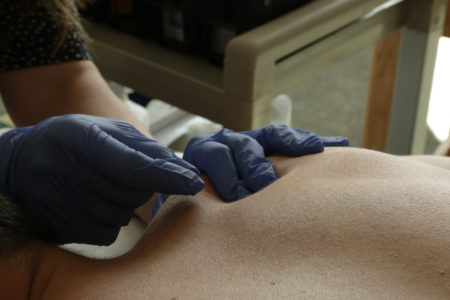Our highly trained and experienced team of professionals specialize in outpatient physical therapy and rehabilitation. We treat patients of ALL ages from youth to seniors! We offer a comprehensive line of services including the following:
- Orthopedic Care
- Sports Medicine
- Manual Therapy
- Spine Care
- Dry Needling
- BFRT (Blood Flow Restriction Therapy)
- IASTM (Instrument Assisted Soft Tissue Massage)
- Cupping Therapy
- Massage Therapy
- Joint Replacement Rehabilitation
- Work Hardening/Worker’s Compensation
- Auto Accidents
- Concussion Testing and Treatment
- Running Biomechanics and Gait Analysis
- Return to Sport Rehabilitation and Functional Testing
- Pre and Post Operative Care
- Gait Training
- Injury Prevention Education
- Home Exercise Program Development
- ACL Prevention
- Athletic Training Services
- Kinesio Taping


